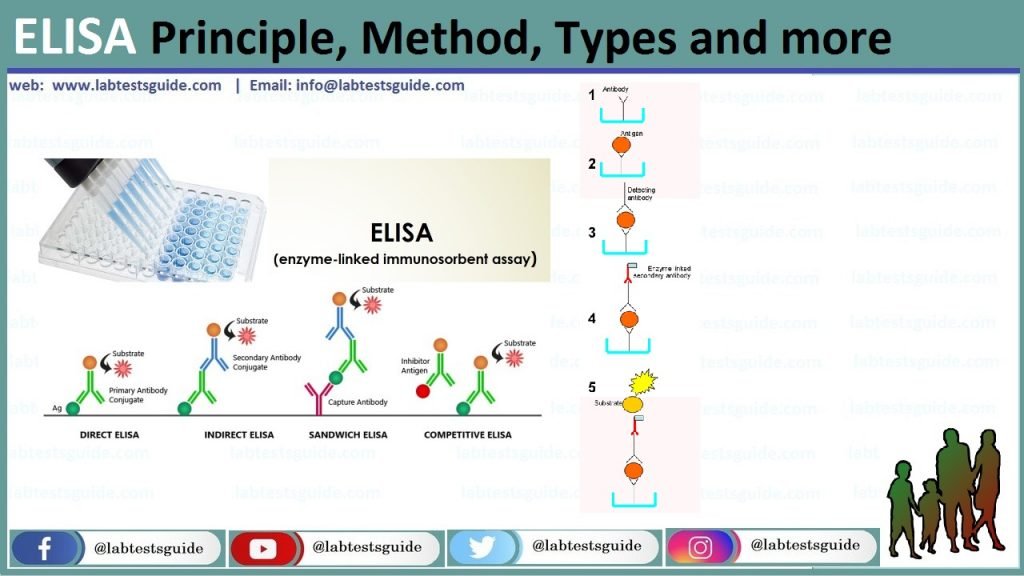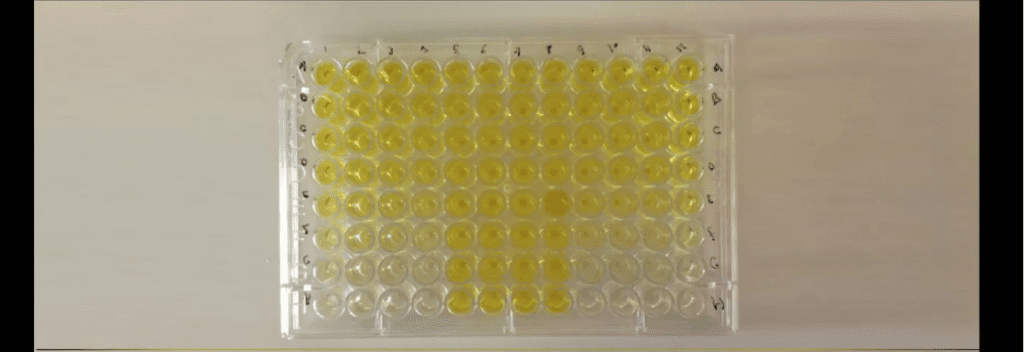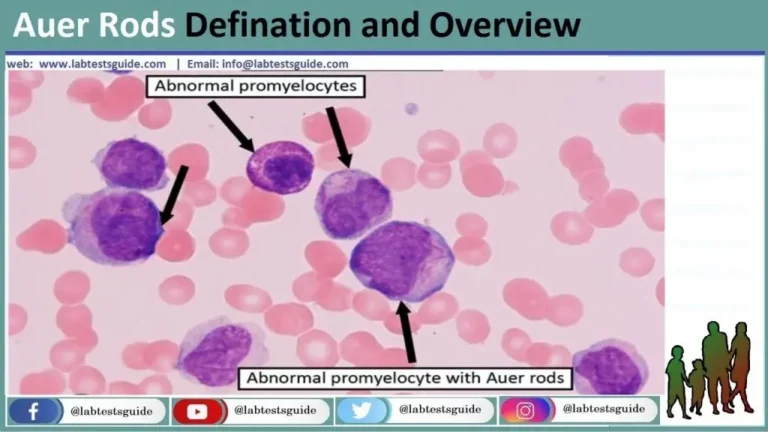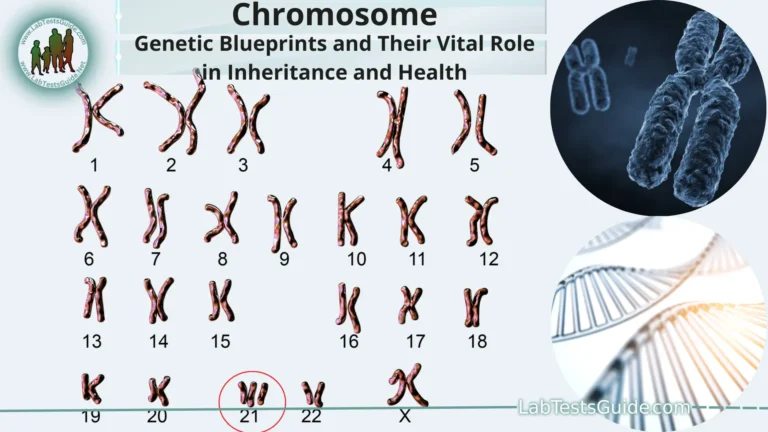ELISA (enzyme-linked immunosorbent assay) is a plaque-based assay technique designed to detect and quantify substances such as peptides, proteins, antibodies, and hormones. Other names, such as the enzyme immunoassay (EIA), are also used to describe the same technology.

Immunoassays:
- Base on Antibody and Antigen Reactions
- Used of Measurements of
- Hormones
- Drugs
- Viral Serological Markers
- Different Types based up-on Immuno-detection markers used
| Immunoassays | Marker |
|---|---|
| Radio Immunoassay (RIA) | Radioisotop |
| Enzyme-Linked Immunosorbant Assay (ELISA) | ENZYME |
| chemiluminescence based Immunoassay (CLIA) | ENZYME |
| Immunofluorescence Assay (IFA) | Fluorescent Dye (Fluorophore) |
Principal:
ELISA is a Plate based assay technique which is used for detecting and qualifying substances such as
- Peptides
- Proteins
- Antibodies
- Hormones
An ENZYME Conjugated with an antibody reacts with colorless substrate to generate a colored product
Such Substrate is called chromogenic substrate
| Report ENZYME | Chromogenic Substrate | Wavelength (Primary) | Wavelength (Secondary) |
|---|---|---|---|
| Horse Radish Peroxidase (HRP) | O-phenyldiamine Hydrochloride OPD/ | 450 nm | 490 nm |
| Tetramethylbenzidine (TMB) | 630 nm | 450 nm | |
| Alkaline Phosphatase (AP) | p-nitro phenyl phosphate (PNPP) | 630 nm | 450 nm |
| Beta Galactosidase (B-gal) | O-Nitrophenyle-D-galactopyranosidase (ONPG) | 420 nm | 420 nm |
Method:
- ELISAs are typically performed using 96-wells Polystrine Plates.
- Serum is Incubated in the well, and each well contains a different serum.
Positive Control Sera and Negative control sera would also be included among the 96 samples being tested

Second Incubation

Adding Substrat or TMB Solution

Color Produced is measureable such as a function of quantity of antigens are antibodies present in the given sample

The intensity of color / Optical denisity is measured at fixed filter wavelength.
Types of ELISA :
Commonly there are 4 types of ELISA on the bases of binding structure between the Antibody and Antigen.
- Direct ELISA
- Indirect ELISA
- Sandwich ELISA
- Competitive ELISA
Direct ELISA :
- Simplest formate, Requiring antigen to be absorbed to the plate and then bound by a labeled “detection” antibody.
- “Direct” refers to the first and only antibody acting as both the antigen recognition molecule and signal delivery molecule.
- Advantages: Simplicity and Speed
- Disadvantages: Lower Sensitivity
Indirect ELISA:
- Detects the Plate antigen with an unlabeled antibody, which is then detected with a secondary antibody carriying the means of signaling
- By utilizing a secondary antibody for signal delivery, Indirect ELISA formates allow for use of a molecular secondary antobody that recognizes the constant (FC) reagen of the primary antibody

Advantage:
- Labeled secondary antibodies can be utilized acorss many different ELISAs and the primary antibody need not be modefied.
- Increased sensitivity as the pliclonal antibodies bind 2-3 secondary sites amplifying the signal pr each antibody.
- Cost saving
Disadvantages:
- Cross-reactivity might occur with the secondary antibody, resulting in nonspecific signal
- An extra incubation step is required in the procedure
Sandwich ELISA
Adsorption of a “Capture” antibody to the plate.
Antigen is bound , or Captured by the plate antibody and then “Sandwiched” between the captured and a detecting antibody which recognizes a distinctly different apitope on the antigen

Substrate is added to the plate which is hydrolyzed by enzyme to form coloured product.
Advantages:
- High specificity and the ability to measure antigen from impure sample
- Suitable for complex samples, since the antigen does not require purification prior to measurement
Competitive ELISA:
Antigen can be directly absorbed to the plate .

Detecting antibodies are pre-incubated with sample containing unknown amount of antigen
After the well is washed, enzyme conjugated secondary antibody specific for isotop of the primary antibody is added to determine the amount of primary antibody bound to the well
Samples with more antigen will occupy binding sites on the primary antibody, there by blocking it from binding to plated antigen.
Samples with less antigen will have more antibodies available to bind to the plated antigen and return a higher signal
Advantages:
- High specificity, since two antibodies are used
- High sensitivity, since both direct and indirect detection methods can be used
- Suitable for Complex Samples, since the antigen does not require purification prior the measurement.
Capture ELISA:
Uses an avidin biotin complex to retain antigen to the plate.
By absorbing large tetrameric protein avidin, biotin labeled antigen can be immobilized, yet avoid adverse plate-antigen interaction.
Avidin-biotin-capture distances the antigen from the plate.
Increasing the distance of the plate allows 3 dimensional access to the antigen whereas direct plating coult sterically abscure access to epitopes
Reagent and Equipments Required:
- ELISA Reader
- ELISA Washer
- Pipettes
- Multichannel
- Single Channel
- Incubator
- Reagent Kits Containing samples wells
Possible References Used





